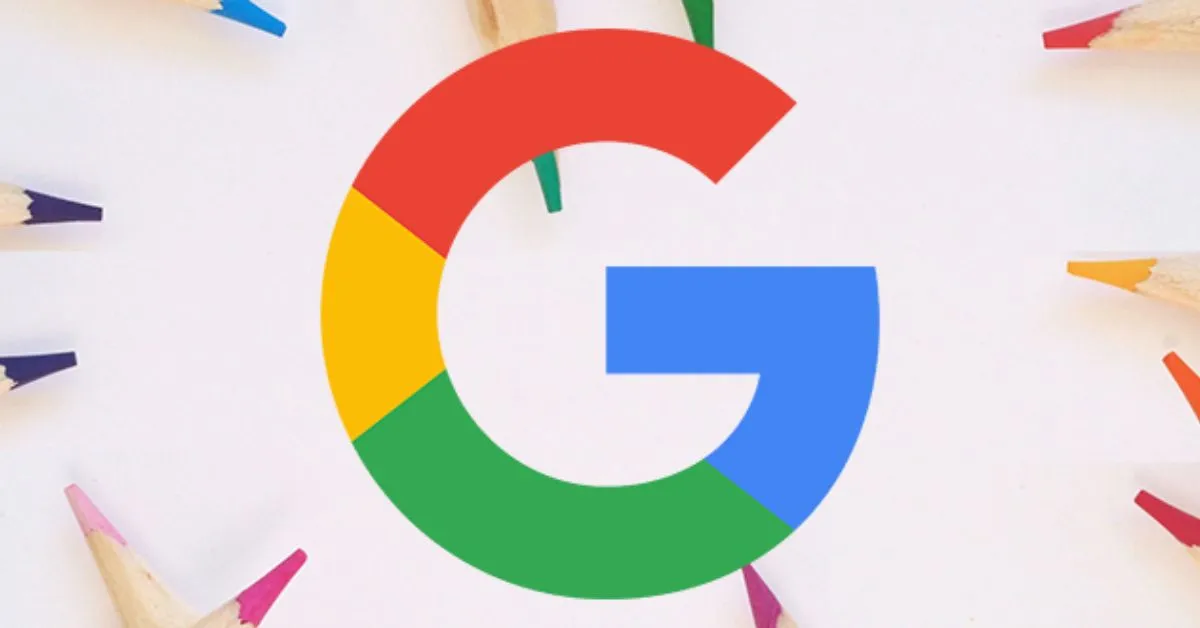In the dynamic world of Search Engine Optimization (SEO), Google’s algorithm updates are pivotal events that can significantly impact website rankings and digital marketing strategies. Among these, Google’s Core Updates and the Helpful Content Update stand out for their broad implications and focus on improving the relevance and quality of search results.
Understanding the nuances of these updates is crucial for SEO professionals and content creators striving to optimize their online presence.
This article delves into the distinctions between Google’s Core Updates and the Helpful Content Update, offering insights into navigating these changes effectively.
Understanding Google’s Core Updates
Google’s Core Updates are broad changes to its overall ranking algorithm, designed to improve the search engine’s ability to understand and rank content accurately. Unlike more targeted updates, Core Updates don’t focus on specific signals like backlinks or keyword density.
Instead, they aim to refine Google’s understanding of content quality and relevance on a large scale. These updates can have widespread effects across all types of content and search queries, often leading to noticeable fluctuations in website rankings.

Key Characteristics of Core Updates:
- Broad Impact: Core Updates affect search results across all languages and regions, impacting a wide range of websites and content types.
- Quality Focus: The primary goal is to enhance the user’s search experience by prioritizing high-quality, relevant content in the search results.
- Periodic Rollouts: Google typically announces Core Updates several times a year, with each rollout taking about two weeks to fully implement.
The Helpful Content Update: A Deep Dive
The Helpful Content Update, on the other hand, specifically targets content quality with an emphasis on rewarding content created primarily for human readers rather than search engines. This update aims to penalize “content farms” and pages that prioritize SEO over user value, promoting content that provides genuine utility, satisfaction, and engagement to users.
Features of the Helpful Content Update:
- User-First Content: Rewards websites that offer original, insightful content designed to help users, rather than content optimized mainly for ranking.
- Penalizing Low-Quality Content: Sites with a high volume of unhelpful, low-quality, or SEO-driven content may see a decline in rankings.
- Ongoing Evaluation: Unlike one-time penalties, the impact of the Helpful Content Update is subject to change as Google continually reassesses content quality over time.
Navigating Google’s Core Updates and Helpful Content Update
The introduction of both types of updates underscores Google’s commitment to enhancing the quality of information available to users. For SEO professionals and content creators, adapting to these updates involves a strategic focus on quality and relevance. Here are strategies to thrive in the post-update SEO landscape:
Emphasize Quality and Relevance
- Understand User Intent: Align your content with the needs and questions of your target audience, focusing on creating value-driven, informative posts.
- Invest in Original Research and Insights: Originality scores high with Google, so prioritize unique perspectives, data, and analysis that add value beyond what’s already available online.
Enhance User Experience
- Optimize for Usability: Ensure your website is user-friendly, with fast loading times, mobile optimization, and intuitive navigation.
- Engage and Satisfy Users: Aim to fully answer user queries within your content, reducing the need for them to return to search results unsatisfied.
Focus on E-A-T Principles
- Expertise, Authoritativeness, Trustworthiness: Strengthen your site’s credibility through expert authorship, reputable sources, and transparent about us and contact information.
Regularly Audit and Update Content
- Content Audits: Regularly review your site’s content for relevance, accuracy, and usefulness, updating or removing content that no longer serves your audience.

Conclusion
Google’s Core Updates and the Helpful Content Update share the common goal of improving the search experience by favoring high-quality, relevant content. However, they approach this objective from slightly different angles—with Core Updates refining the overall algorithm and the Helpful Content Update specifically targeting content created for users over search engines.
By focusing on creating valuable, user-first content and maintaining a website that excels in user experience, SEO professionals and website owners can navigate these updates successfully, ensuring their content not only survives but thrives in Google’s evolving search landscape.
Frequently Asked Questions
How often does Google release Core Updates?
Google typically rolls out Core Updates several times a year, though there is no fixed schedule.
Can my site recover if it’s negatively impacted by these updates?
Yes, sites can recover by making improvements to their content and user experience, aligning more closely with Google’s guidelines.
Is it necessary to make changes to my website after every Google update?
It’s wise to evaluate the impact of an update on your site’s performance and make adjustments as necessary, focusing on long-term quality and relevance.
